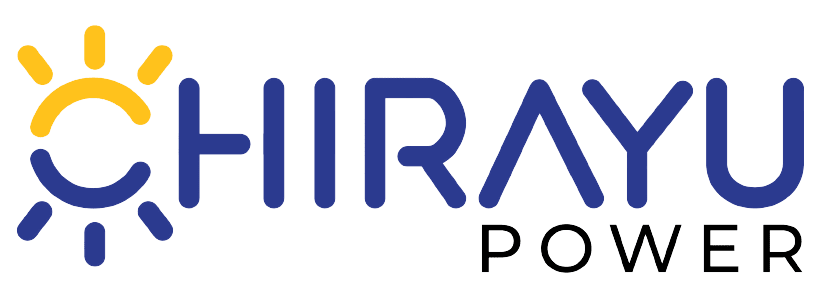Just as we prioritize our own health with regular checks, it is similarly important to maintain the health of our solar system. Whether you’ve recently installed solar panels or have had them for years, doing a basic health inspection will extend their useful life, maintain efficiency and save you money in the long term. In this blog, we’ll look at the importance of regular solar system checks and provide you a step-by-step instruction on how to do it.
The Solar System Checkup:
Cleaning and Inspection:
Start by inspecting the physical components of your solar system, including the panels, racking and wiring. Remove any debris, such as leaves or dirt, from the surface of the panels. Ensure that there are no visible signs of damage, like cracks or loose connections.
Monitoring System Performance:
Keep an eye on the performance of your system. Most solar systems have monitoring tools that enable you to track energy generation. If you see a large decrease in energy generation, it might be a sign that something is wrong.
Battery Health:
If your solar system includes a battery storage system, inspect the battery’s condition. his can typically be done through the monitoring system. Batteries are an important aspect of solar energy storage, so they must be in good working condition.
Inverter Inspection:
Inspect your inverter, which is responsible for converting the direct current (DC) generated by your solar panels into usable alternating current (AC) for your home. Look for error messages on the inverter’s display, as these can signal potential issues.
Electrical Connections:
Make sure all electrical connections are secure and free from corrosion. Loose or damaged connections can reduce the efficiency of your solar system create a risk to your safety.
Alignment of the Roof and Panels:
Check the alignment of your solar panels on your roof. Over time, panels may shift, affecting their efficiency. Check that the mounting and hanging system is secure and properly aligned.
Shade Analysis:
Inspect your system for shading issues. Trees or new structures near your panels can create shadows, reducing energy production.
Professional Inspection: While you can complete many of these inspections yourself, it’s also beneficial to plan a professional inspection at least once a year. Solar professionals can do deeper testing and identify defects that may not be immediately obvious.
Benefits of Regular Solar System Checkups:
Extended longevity: Regular maintenance can extend the life of your solar system, ensuring you get the most out of your investment.
Cost Savings: Identifying and addressing problems early can save money on future repairs or replacements.
Environmental Impact: A well-maintained solar system contributes to a lower carbon footprint by efficiently producing clean energy.
Enhanced Efficiency: Maintenance can optimize the performance of your solar system. Cleaning panels, tightening connections and ensuring proper alignment all contribute to increased energy production.
Conclusion: Just like your health, the health of your solar system is key to its longevity and efficiency. Regular inspections and maintenance can help you get the most out of your solar investment. Don’t wait for problems to occur; instead, take the effort to do basic health checks and schedule professional inspections to guarantee your solar system is operating at its maximum efficiency.






